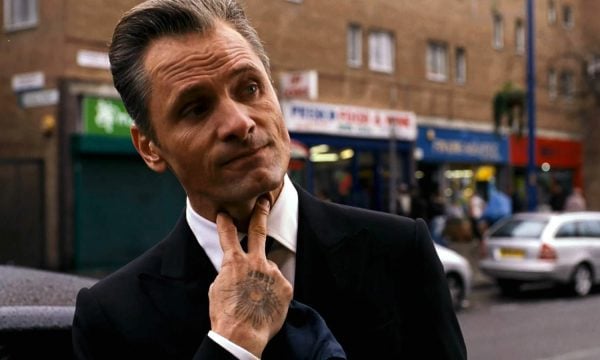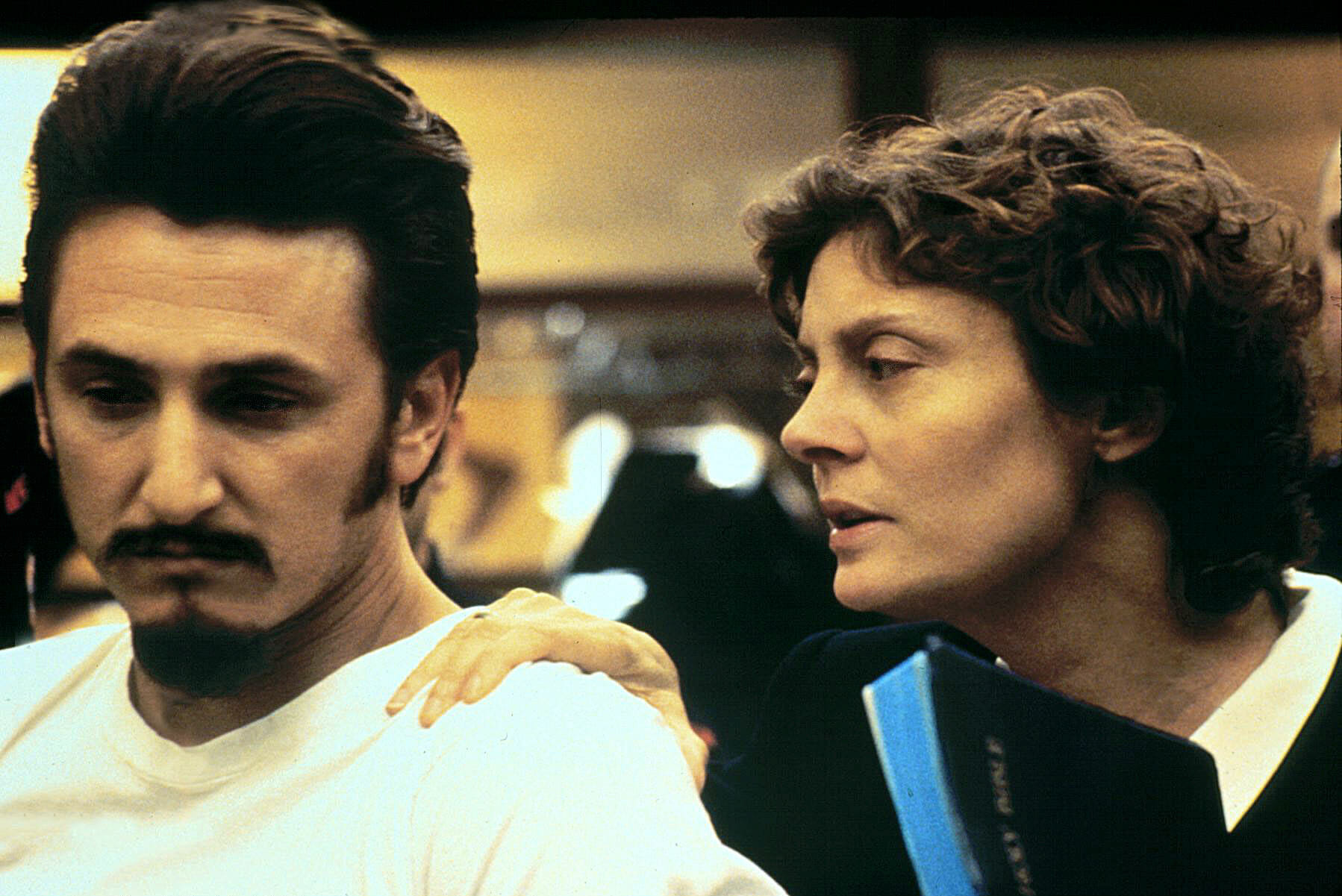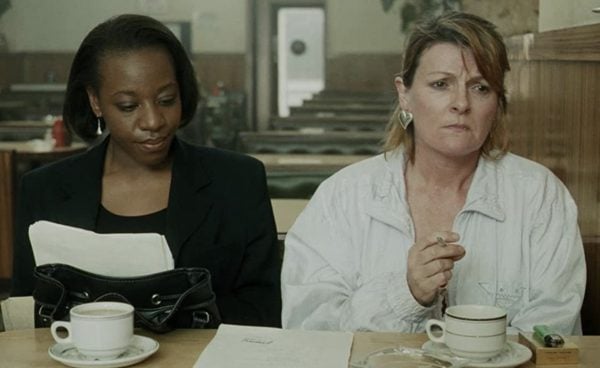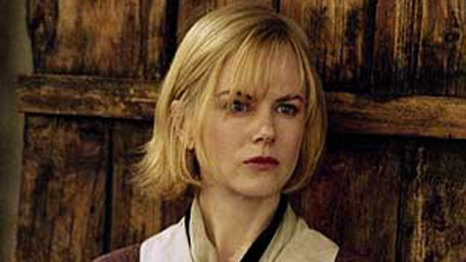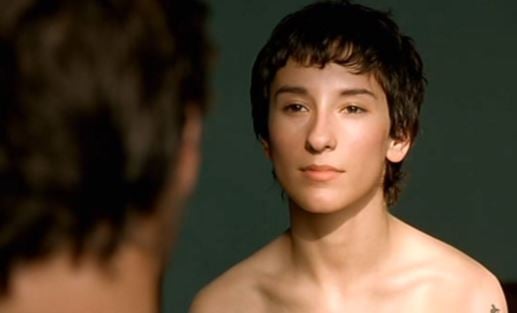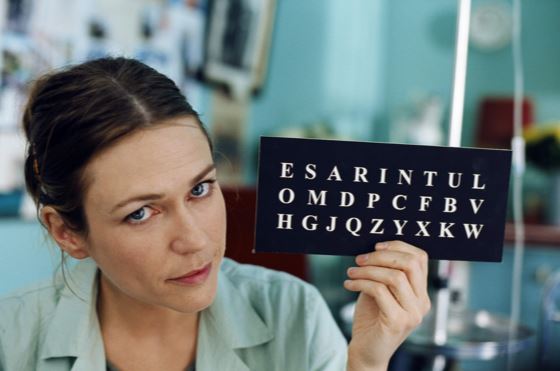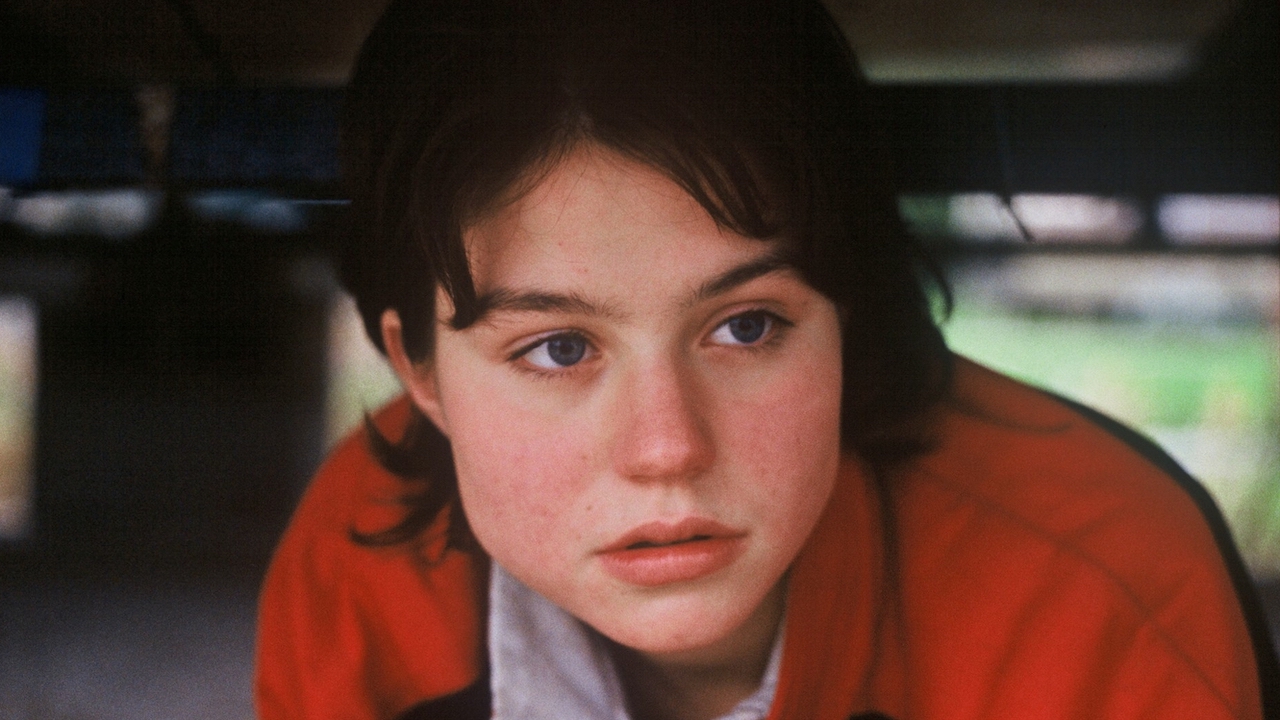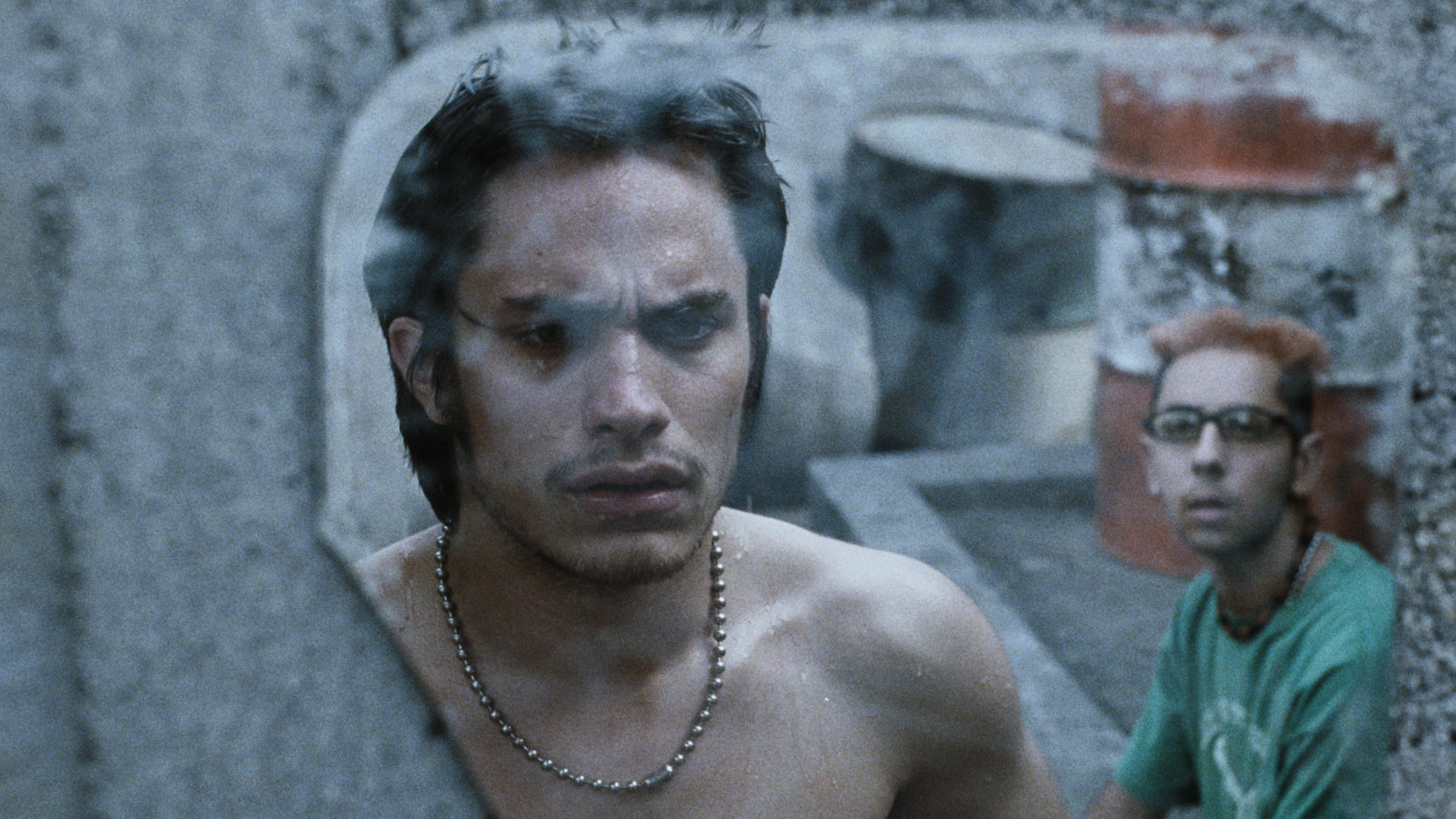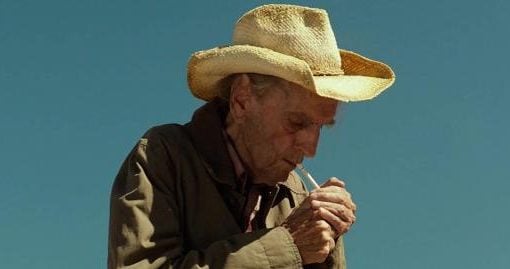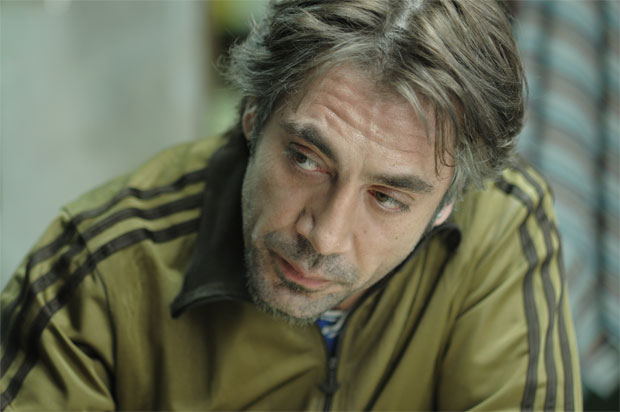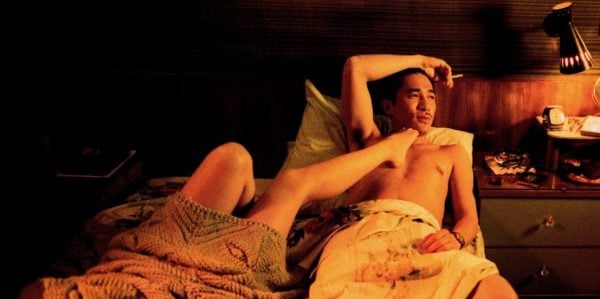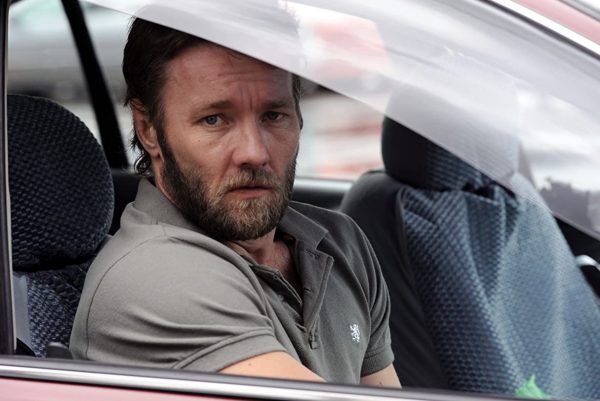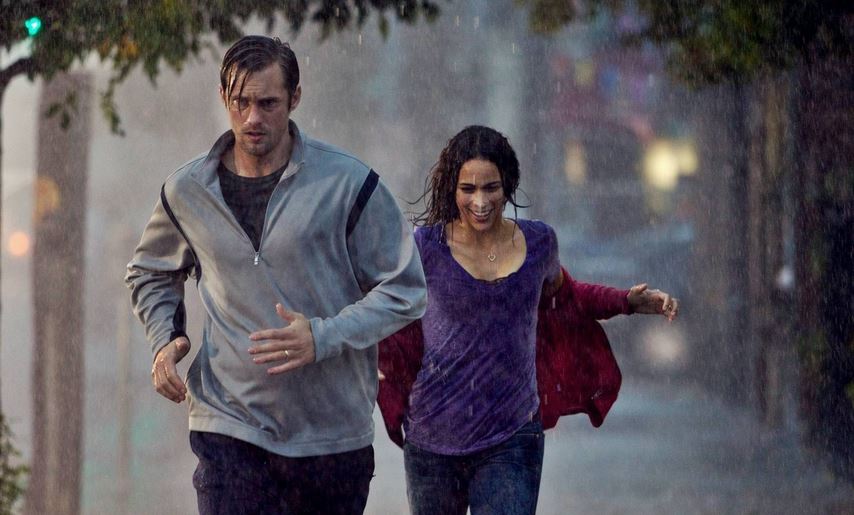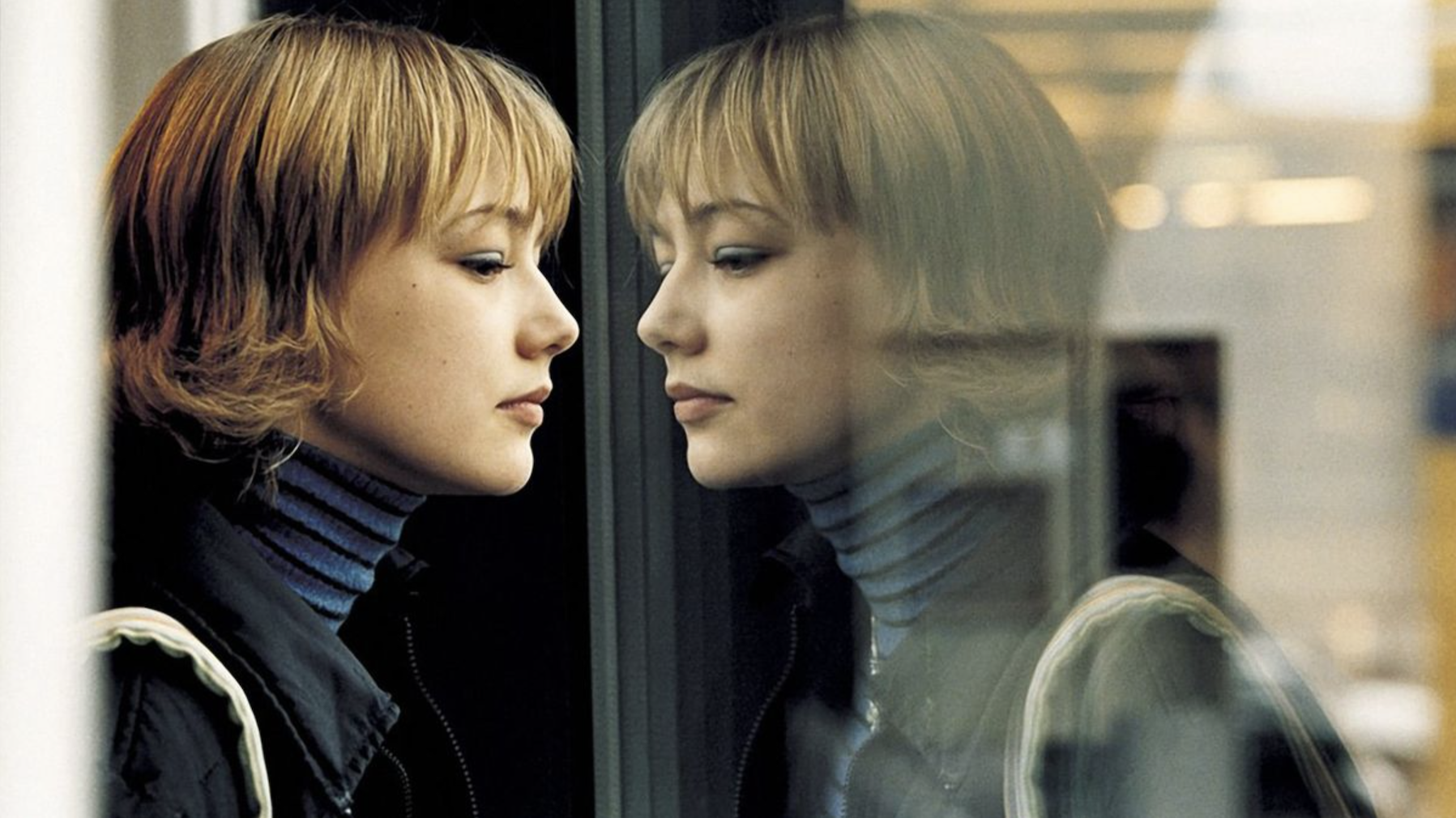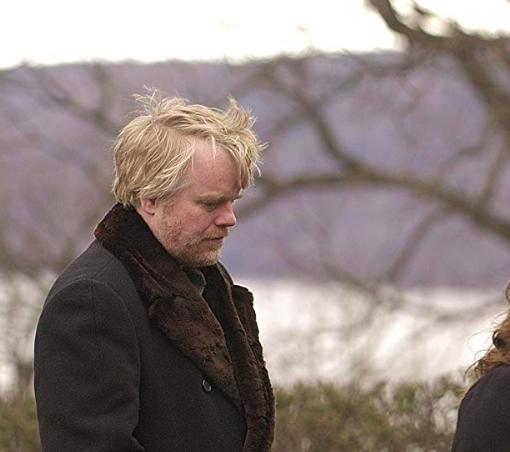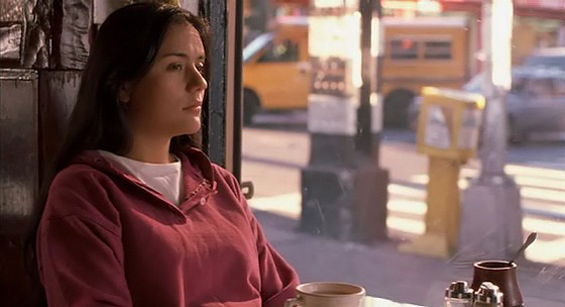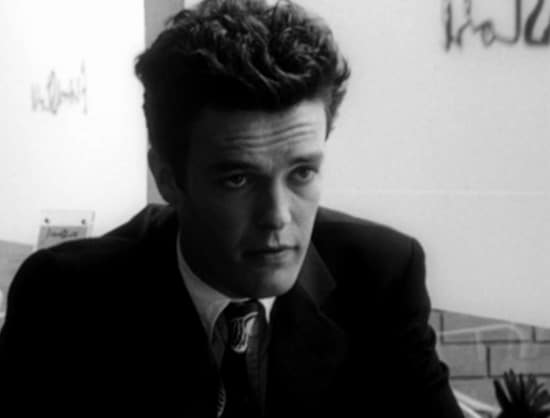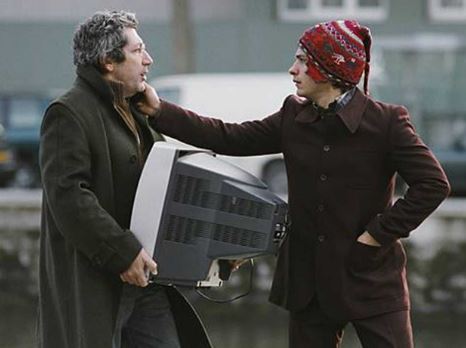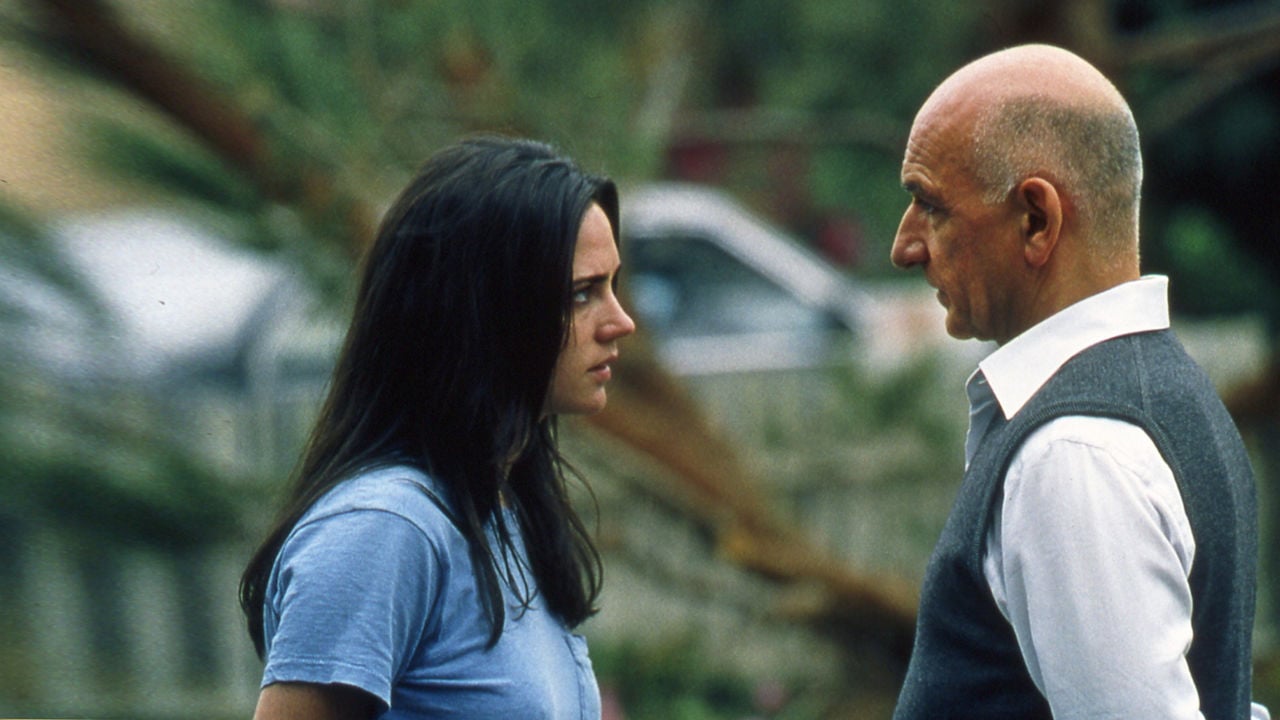Movies Like 21 Grams (2003)
The Station Agent is about loneliness, change and friendship. Sounds corny right? It’s not. The characters are developed, they have their own reasons for the choices they make and nothing feels forced, neither actions or conversations. It’s a small and wonderful movie about a little man that moves out of the city and his comfort […]
A very poetic film by Tony Kaye (American History X) about an English Literature teacher (Adrien Brody – “The Pianist”) who only works as a substitute in schools which are located in very poor urban areas. The reason behind his choice is that he doesn’t want to bond too much with his students and colleagues […]
In 2008, legendary and controversial director Darren Aronofsky delivered yet another unforgettable allegory, starring Mickey Rourke as Randy “The Ram” Robinson, an aging professional wrestler long past his prime, who is struggling to retain a sense of identity, purpose, and dignity later in life. Rourke, who worked as a professional boxer in his 90s and, […]
Directed by David Cronenberg, Eastern Promises is at times brutal—such is the famous Canadian director’s trademark—and operates at a fever pitch of grim violence and revenge. Starring a tattooed, ruthless, and terrifying Viggo Mortensen as a very convincing Russian strong-arm gangster as well as Naomi Watts and Vincent Cassel, it features intense psychological drama and […]
There are movies that leave you matured after you finished watching. You mature because you are forced to walk in someone’s shoes and confront yourself with issues that you are not affected by. The Sea Inside is one of those movies – and won an Academy Award and a Golden Globe for it. Directed by […]
Told with grace and maturity without sensationalizing its subject matter, Dead Man Walking expertly walks the line between taking a moral stand and keeping the messy humanity of its characters intact. Though it may seem just like a legal drama or prison film on the surface, writer/director Tim Robbins weaves in commentary on class and […]
A woman yearns to find her biological mother, another woman struggles with infertility, a third wants to connect with her rebellious daughter. Director Mike Leigh has the prowess to seamlessly weave these stories together, and part of the joy is knowing, that like clockwork, these narratives are set on a spectacular collision course. As melancholy […]
Set in a town drawn in chalk outlines on the floor of a dark studio room. However unconventional the unrealistic stage-like set, the story of Grace (Nicole Kidman), a woman who arrives at this town seeking refuge becomes real enough to absorb you in a disturbing examination of human morals. It’s unique and features powerful performances, […]
Winner of a Golden Bear and a slew of awards at the European Film Awards in the early noughties, Head-on is named after the suicide attempt of Cahit Tomruk (played by the late Birol Ünel), a Turkish-born German in his mid-40s. At the psychiatric clinic where he is treated, he meets the equally damaged Sibel […]
Directed by celebrated artist-turned-filmmaker Julian Schnabel, who won an award in Cannes for it, The Diving Bell and the Butterfly is the true story of the Parisian journalist and fashion editor Jean-Dominique Bauby (Mathieu Amalric), who suffered a devastating stroke at the age of 43. Paralyzed almost completely by what is termed locked-in syndrome, his […]
A period comedy set in New York in the summer of 1994, the Wackness is a coming of age story about Luke Shapiro (Joshua Peck), as he deals with family trauma, love, and economic hardship while selling pot to his strange psychologist. Rescued from a somewhat typical bildungsroman plot by sharp character acting, a firm […]
Rosetta begins fiercely, with a shaky handheld camera chasing the eponymous teenager (Émilie Dequenne) as she storms across a factory floor and bursts into a room to confront the person she believes has just lost her her job. The film seldom relents from this tone of desperate fury, as we watch Rosetta — whose mother […]
Alejandro González Iñárritu’s cleverly layered directorial feature film debut follows three persons whose lives are connected by a car crash in Mexico City. It directly involves two of them: a young man who enters the world of dogfighting to earn enough to elope with his sister-in-law, and a supermodel whose life is changed for the […]
This fun drama is about a 90-year-old who’s still searching for answers to life’s existential questions. Lucky smokes, drinks, and is pretty angry (a not-so-chill atheist); but he’s still around. Harry Dean Stanton, in what feels like an extension to his character Lucky, passed away a year after the film premiered in 2017. This was […]
Ever wondered how much your life will change when faced with the reality that death is about to come? That’s normal, and not nearly as life-altering as being told you only have a few more moments to live. Because of a terminal illness, Uxbal (Javier Bardem) is driven to this situation and tries to right […]
Director Wong Kar-Wai made this loose sequel to one of the best films ever made, his 2000 classic In the Mood for Love. Much of the story is set around Christmas eve. In the far future, people take a train to the world of 2046, where no sadness or sorrow can be experienced. No one […]
A riveting take on one of the most prestigious forms of modern art, The Best Offer is a film laced with symbolism and thick, posh accents. Virgil Oldman (Geoffrey Rush) ends up pursuing a socially inept woman through Robert (Jim Sturgess), who guides him in winning her heart, albeit, rather unconventionally. What starts out as […]
A cracking cast including Guy Pearce and Joel Edgerton elevate this dark and gripping Australian crime drama, which was received with glowing reviews from critics but was sadly forgotten with time. Breakout star James Frecheville plays J, a teenager who goes to live with his grandmother, the head of a Melbourne crime organization. As the […]
I watch many movies and the great majority of them leave little impression on me. They are fun and entertaining, but quickly forgettable. Not Disconnect, though. This is a powerful and provocative film that not only keeps you pinned to your seat but also makes you think about the consequences of your actions. It should certainly […]
A devastating depiction of sexual addiction, featuring Michael Fassbender in one of the most remarkable acting displays of the entire year. His performance is nearly matched by Carey Mulligan as his wayward sister, whose intrusion into his lifestyle sets the central conflict of the story in motion. To sex what Requiem for a Dream was […]
Not for the faint of heart, this Russian-language Swedish film doesn’t actually display anything graphic on screen, but it still makes for a difficult and distressing viewing experience. Many films similar in spirit and subject matter have been released in the decades since Lilya 4-ever’s own take on human trafficking and child sexual exploitation, which […]
Philipp Seymour Hoffman stars in this family drama next to Laura Linney as siblings. They have to unite to support their father who after the death of his girlfriend finds himself alone. The Savages, after the family name, have dynamics that are all too common and easily recognizable. This is a beautiful and real movie.
Things We Lost in the Fire is a touching drama about Audrey (Hall Berry), a married mother-of-two, whose husband Brian (David Duchovny) is killed tragically in a random act of violence. Amidst her grief she comes to connect with Jerry (Benicio Del Toro), Brian’s childhood friend who is living an isolated life as a junkie, […]
Is courage still courage when you have no choices left? What do you do when you’re pressed to the wall and have no way to go? Maria, a pretty, modest and hardworking girl living in a small Colombian town, where the only career choice (thus not being a choice, really) is working in a floral […]
Following is the first movie Christopher Nolan ever directed, a mesmerizing low-budget effort that introduced the world to the genius who will later give us Memento, Inception, The Dark Knight, and many other classics. Shot in “extreme” conditions to quote Nolan himself, for just over £3000, it had to be filmed in the span of a year […]
How does a standout director follow up to a film like Eternal Sunshine of the Spotless Mind? With a more profound exploration of style, a further exploration of his originality. Gael Garcia Bernal (who you might know from Y Tu Mama Tambien) plays an imaginative but awkward kind of guy who falls for his cute neighbor, played […]
A residential dispute spirals out of control into full, xenophobia-fueled tragedy in this straightforward and elegantly made film that comes from a now-bygone era of mid-budget dramas for adults. House of Sand and Fog may come off as excessively bleak to viewers today, but it manages to capture a very particular mood of paranoia and […]

























 x14
x14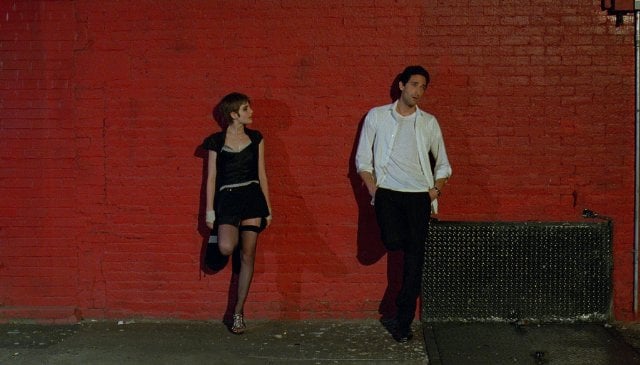

 x2
x2